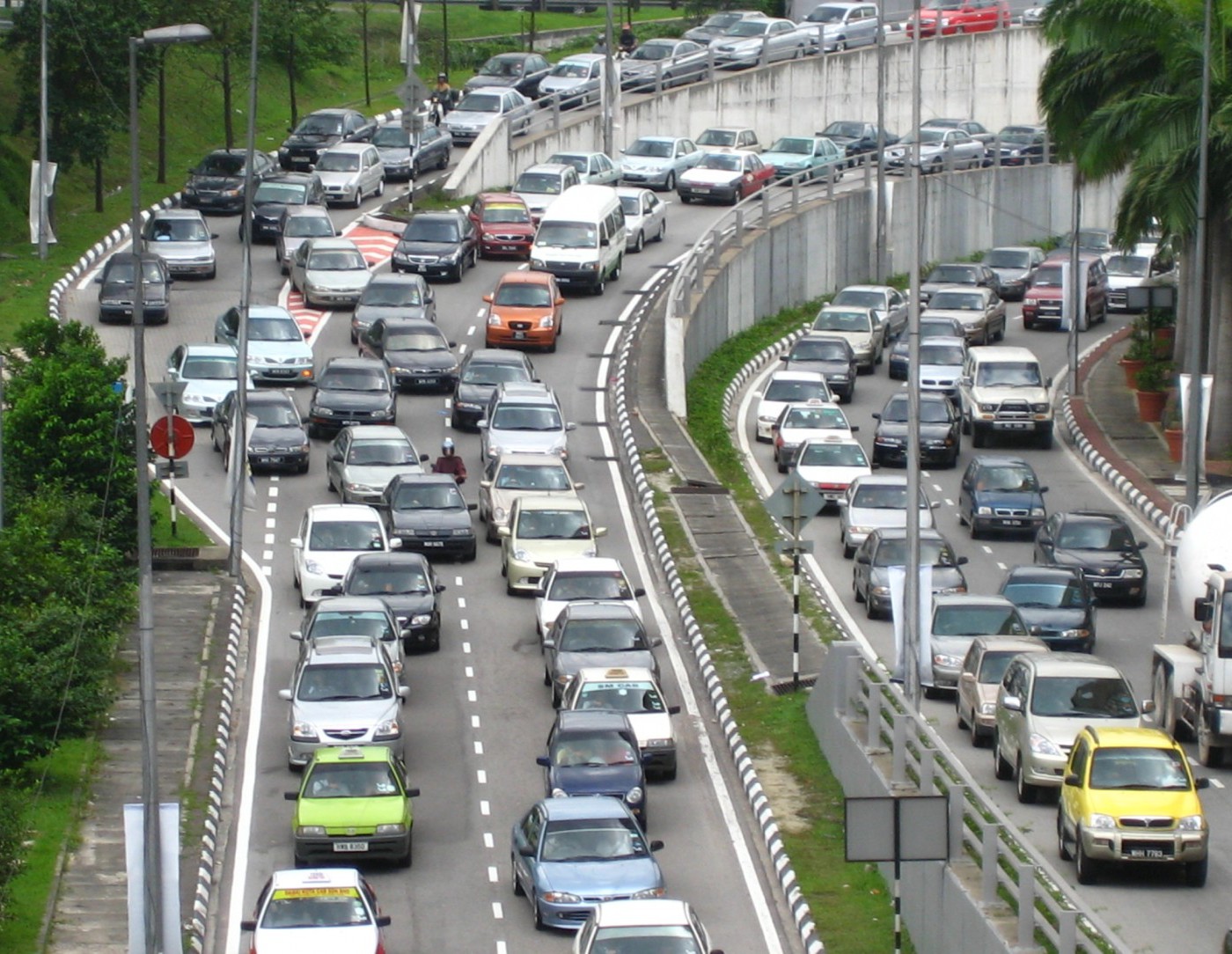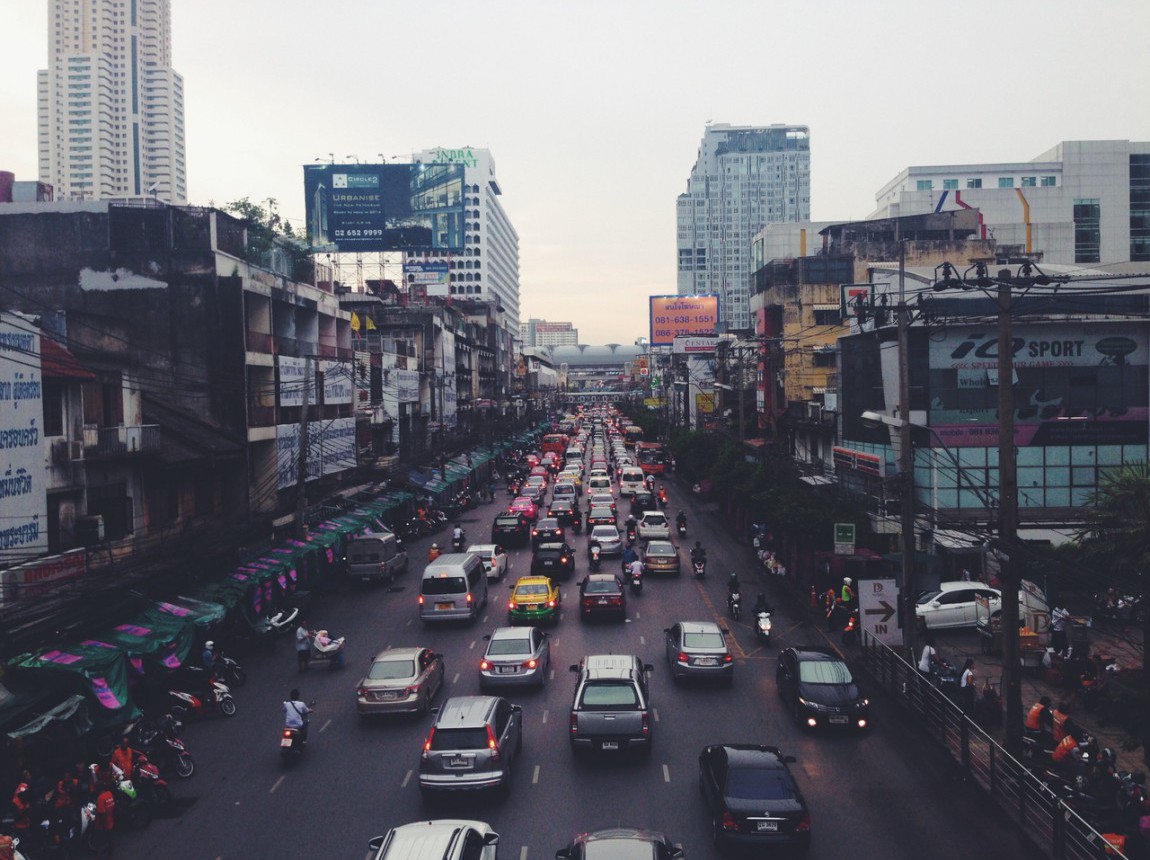Related

Working Paper
/ Jan 07,2015
Commuting and Spatial Structure of American Cities
by
Shlomo (Solly) Angel, Alejandro Blei

Feb 19,2014
Alain Bertaud: Cities as Labor Markets
by
Brandon Fuller

A city’s welfare depends on its labor market. As long as a labor market does not fragment into adjacent, smaller ones as it grows, the larger the market, the more innovative and productive the city will be. Maintaining mobility is therefore essential to the economic viability of cities.
Maintaining mobility has two implications: first, managing a transport system that allows an efficient movement of labor and goods across metropolitan areas, and second, insuring that regulations or inadequate land supply do not prevent firms and households from settling in the area that will maximize their welfare. This also implies that transaction costs should be low enough to allow firms and households to change location when their circumstances change. Considering cities primarily as labor markets has important operational implications for their management, particularly in the way transport systems are developed and in the way land markets are allowed to operate.
Please fill out the information below to receive our e-newsletter(s).
*Indicates required.